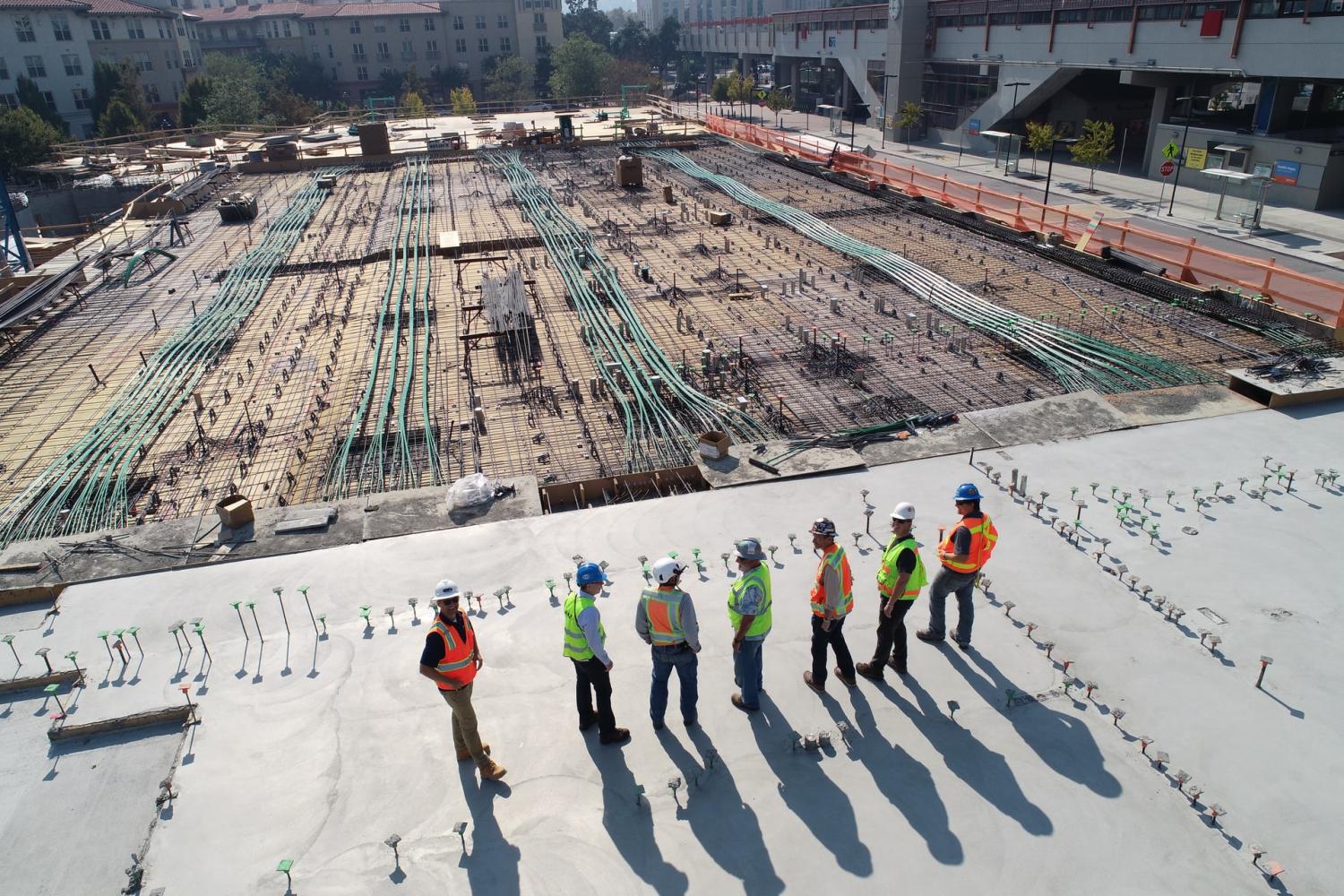
Autodesk recently announced that it has reached its net-zero carbon emissions goal across its entire business and value chain. While many companies are just now setting such goals, Autodesk, a leader in 3D design, engineering, and entertainment software, is already realizing its targets. Although this is noteworthy, the company has a relatively small footprint compared to other types of companies. What is most impressive, however, is Autodesk’s impact on both its suppliers and customers.
Autodesk has been working with its cloud providers to ensure they are purchasing 100 percent renewable energy, or Autodesk will do so for them, according to Ben Thompson, Autodesk’s director of sustainable business. Going further, Autodesk recently partnered with CDP to engage its suppliers and boost the disclosure of environmental measurements. Working with CDP enables the company to apply a standard framework for tackling complex issues, helping Autodesk to streamline its efforts to engage suppliers.
A focus on customers, suppliers and now, partners
“Our strategy is threefold. We’re leading within our business, partnering with customers, and transforming industry. By taking that approach, we not only manage our [environmental] footprint, but we can use it to help our customers with their sustainability goals, which also drives our revenue,” said Thompson. “We’re exploring how we partner in new ways to determine what is next in the market or what the new economy will look like.”
In other words, Autodesk is capitalizing on sustainability and innovation through its products. It brings artificial intelligence, 3D modeling, cloud collaboration, and virtual reality tools to create a more sustainable world. In the meantime, the company’s technology allows it to work closely with companies in just about any industry.
For example, United Airlines recently launched a sustainable aviation fuel project to decarbonize its operations in a collaborative effort with corporations. Autodesk has joined the alliance to reduce its travel-related emissions.
Architecture, engineering and construction
Construction and demolition waste together comprise roughly 40 percent of the total U.S. solid waste stream. Although this is terrible from a sustainability standpoint, it also creates a huge opportunity to conserve natural resources and reduce expenses.
“The construction industry is one of the least digitized industries, and it’s responsible for a huge amount of waste,” explains Thompson. “This creates an opportunity to boost margins by getting rid of waste. The industry can increase efficiency through digitalization by better managing their materials through an integrated, multistakeholder process.”
Beyond waste reduction, greater access to vital data can inform architects and engineers in material selection. “The Embodied Carbon in Construction Calculator, EC3, helps in designing low-embodied carbon buildings and navigating the supply chain,” says Thompson. “Now, designers have an easier way to integrate sustainability decisions into their workflow.”
Autodesk recently acquired Spacemaker to assist architects, urban planners, and developers in rapidly creating and evaluating options for buildings and urban designs, emphasizing sustainability. Making such analysis faster and simpler makes it far more feasible to incorporate in the design phase.
“We’re creating solutions that can help customers better understand the impacts of what they are designing and building and how to streamline improvements, so they aren’t too costly,” explains Thompson. “If they are trying to reduce the energy load of a building, it might have tradeoffs with the embodied carbon of the building. By combining this analysis, they can compare and contrast options. It empowers our users to find complex solutions.”
Harnessing technology at Autodesk to improve water infrastructure
It’s a sad reality that 884 million live without basic drinking water services, and 3 billion lack access to basic hand washing facilities (as we go through a global pandemic). Indeed, there is room for innovation in water infrastructure to manage this precious resource properly.
To that end, Autodesk recently acquired Innovyze, helping to position the company as a technology leader in smart water infrastructure. “Technology and artificial intelligence have come a long way,” says Thompson. “There were a lot of things we couldn’t do a decade ago, but now cloud-powered technology like generative design enables designers to understand all the available solutions. The acquisition of Innovyze enables us to take on new challenges, including the water crisis.”
As digital technologies mature, it is increasing what is possible for society. “I’m excited to see what innovation looks like in the future,” says Thompson. “How will we be able to find new efficiencies while satisfying complex needs, such as reducing greenhouse gas emissions, conserving water, and creating material circularity?”
Image credit: Scott Blake/Unsplash

Sarah Lozanova is an environmental journalist and copywriter and has worked as a consultant to help large corporations become more sustainable. She is the author of Humane Home: Easy Steps for Sustainable & Green Living, and her renewable energy experience includes residential and commercial solar energy installations. She teaches green business classes to graduate students at Unity College and holds an MBA in sustainable management from the Presidio Graduate School.














